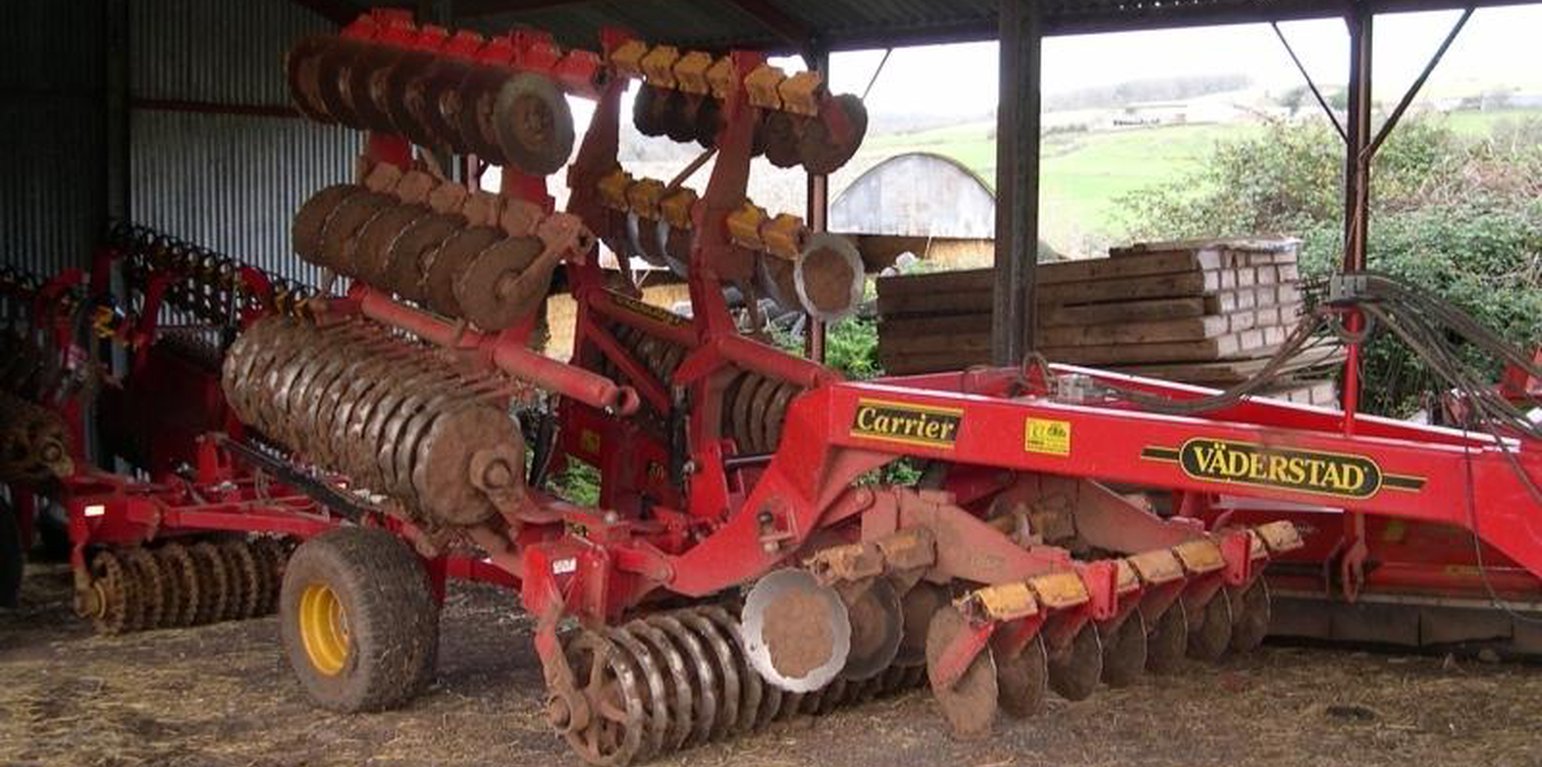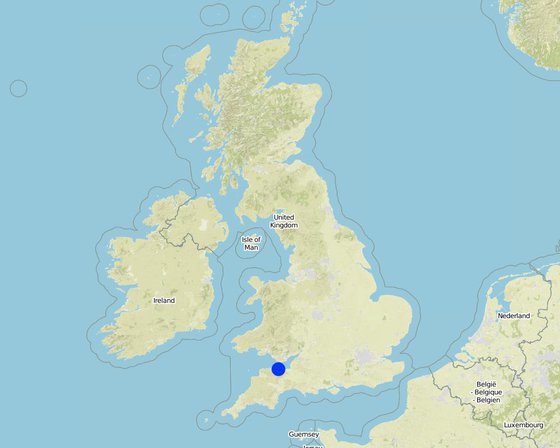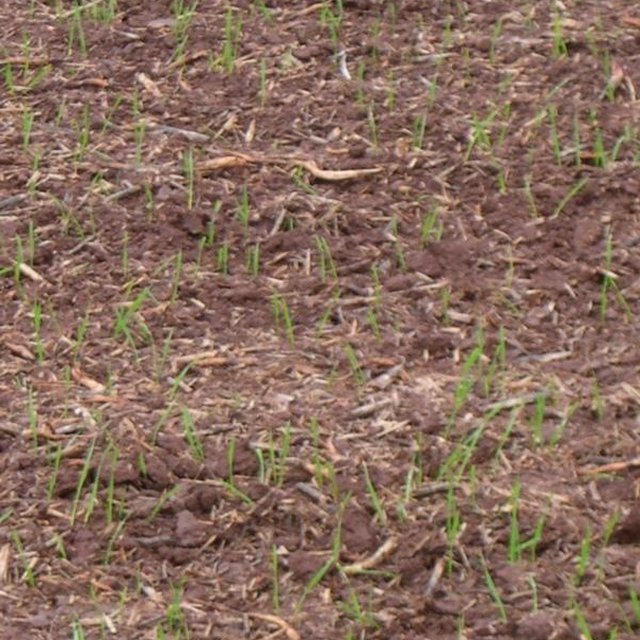



Non-inversion tillage to provide suitable seedbed for following crop.
Purpose of the Technology: Even and cost-effective crop establishment, saving time and benefiting the environment. Maintenance: annually, per crop,
Establishment / maintenance activities and inputs: innovative farmer reducing impacts of farming on the environemnt, expanding his businesss and saving time

Location: Minehead, Somerset, United Kingdom
No. of Technology sites analysed:
Spread of the Technology:
In a permanently protected area?:
Date of implementation:
Type of introduction




| Specify input | Unit | Quantity | Costs per Unit (£) | Total costs per input (£) | % of costs borne by land users |
| Equipment | |||||
| Equipment (year1)-machine hour | |||||
| Equipment (year2)-machine hour | |||||
| Equipment (year3)-machine hour | |||||
In early years
Operation twice as quick as ploughing
Possible increasing herbicide costs
timing of operations critical
High capital investment but low running costs
CAP reform, Soil Action Plan for England, EU Water Framework directive
Age difference: Technology tends to be taken up by younger farmers
Quantity before SLM: 0.01
Quantity after SLM: 1
Possibility
More earthworms compared to land that has been ploughed